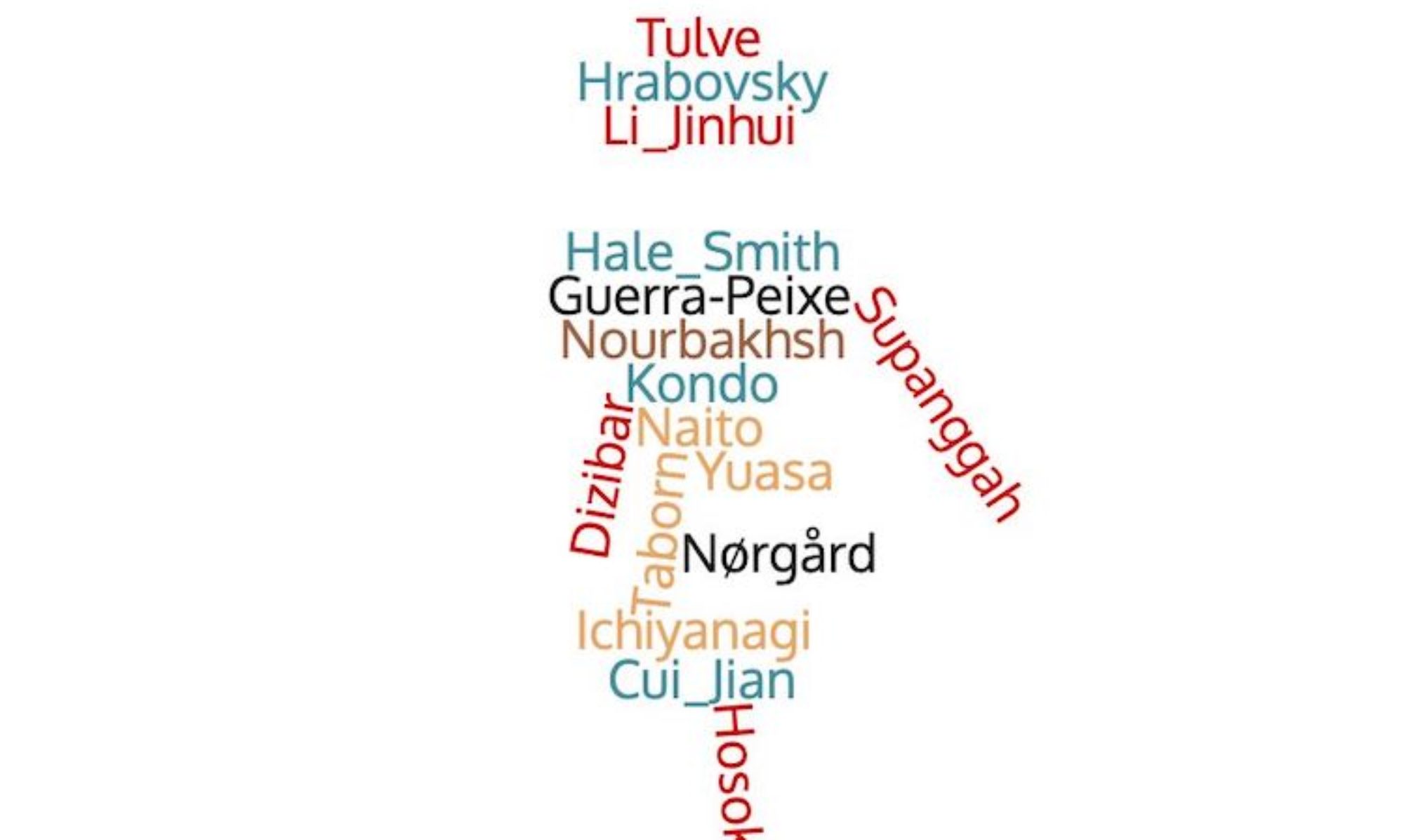By Mao Mengdan and Min Lingkang
This post is part of a series on 100 modern conservatory-trained Chinese composers from 1912 onwards who wrote symphonic, ensemble, and solo instrumental music using Western instruments, as well as choral and solo vocal music, adopting Western tonality or avant-garde techniques. They are regarded as key historical figures in and drivers of modern Chinese music history.
Xiao Youmei (1884.1.7–1940.12.31) is a prominent figure in the realm of Chinese modern and contemporary music culture, revered for his significant contributions as a pioneer and foundational figure. Born in Xiangshan County, Guangdong Province, Xiao Youmei, also known as Si He, or Xue Peng, played a pivotal role in fostering the development and establishment of Chinese music.
In 1916, Xiao attained his doctoral degree in philosophy from Leipzig University with his dissertation “A Historical Study of Chinese Orchestras Before the 17th Century” (also known as “Ancient Chinese Musical Instruments”), making him the first Chinese music doctoral graduate. He returned to China in 1920 and served as a faculty member at the Music Extension Institute of Peking University and the Music Department of the Beijing National School of Arts.
On October 1, 1927, Xiao Youmei and Cai Yuanpei jointly founded the “National Conservatory of Music” in Shanghai (now Shanghai Conservatory of Music). Xiao was appointed as a professor and director of academic affairs. In 1929, the institution was renamed the “National Conservatory of Music,” with Xiao serving as its president, thus paving the way for professional music education in China. He passed away at the end of 1940.
Xiao Youmei’s musical compositions span various genres, including songs (choral, solo, art songs, and folk songs) and piano pieces such as “Elegy” (1916.12), “Nocturne” (1916.11), and “String Quartet in D Major” (1916.12), as well as orchestral works like “New Rainbow Feather Dance” and “Elegy March.”
Scholars generally regard “Questions,” “Geese Conversations Flying South,” and “May Fourth Patriotic Song” as representative works of Xiao Youmei’s song compositions.
The five to six years following Xiao’s return to China marked the peak of his musical creativity. Although he produced fewer song compositions thereafter, he dedicated most of his energy to the field of music education.
Regarding the background and stylistic characteristics of Xiao Youmei’s work “New Rainbow and Feather Skirt Dance”:
Originally composed as an orchestral piece in Beiping (now Beijing), “New Rainbow and Feather Skirt Dance” was later officially published in the form of a piano score adaptation.
Several manuscript versions exist, including one with an inscription by Yang Zhongzi, a preface written by Xiao Youmei himself, and the 59th page of the orchestral score manuscript arranged by a small orchestra affiliated with Peking University’s Music Extension Institute, along with a piano score draft, printed via lithography in August 1923. A new edition of the piano score was also included in the “National Conservatory of Music Series,” published by the Commercial Press in July 1930.
In December 1923, a small orchestra affiliated with Peking University’s Music Extension Institute premiered the piece under Xiao Youmei’s direction. Subsequently, it became a frequently performed piece in concerts.
While “New Rainbow and Feather Skirt Dance” bears the influence of Tang Dynasty music, it does not directly adopt its musical form.
Tang Dynasty music consists of three parts: the introductory sequence (without beats or singing, with free rhythm, instrumental performance), the middle sequence (singing with beats, lyrical slow tempo, instrumental accompaniment), and the finale (mainly dance, with accelerated rhythm).
“New Rainbow and Feather Skirt Dance” comprises an overture, twelve thematic segments, and a coda. The overture is in 4/4 time, the twelve segments are in 3/4 time, and the coda is in 3/4 time.
The piece predominantly features a dance-like triple meter, with slight variations in speed across sections. The structural arrangement of the overture and coda is consistent with the arrangement of Tang Dynasty music.
As Xiao Youmei described in his preface: “After the slow overture, the dance beat begins, divided into twelve segments, each with varied melodies, all played in fast tempo, concluding with a slow coda to end the piece.”
Regarding the repetitive nature of the introductory sequence in Tang Dynasty music, Xiao believed that such repetition was unnecessary in the compositions of modern composers. In this piece, there is no repetition in the introductory sequence.
Video Link: https://www.bilibili.com/video/BV1yT4y1N7Fg?share_source=copy_web
